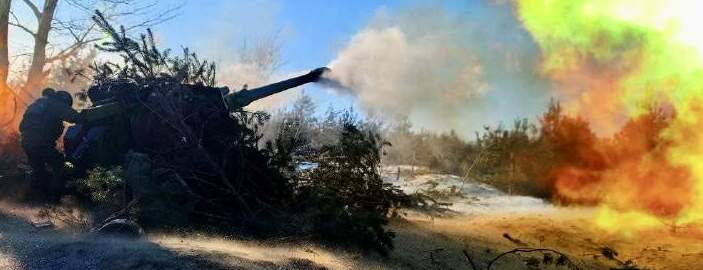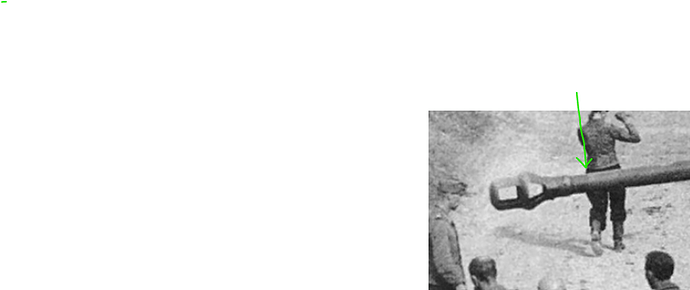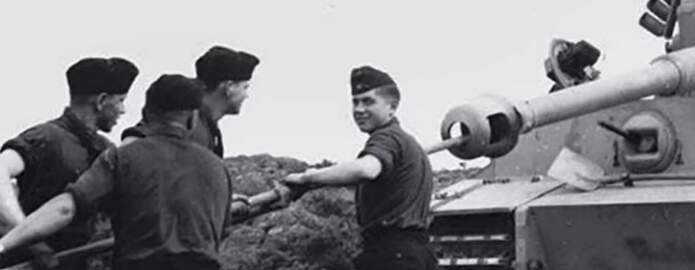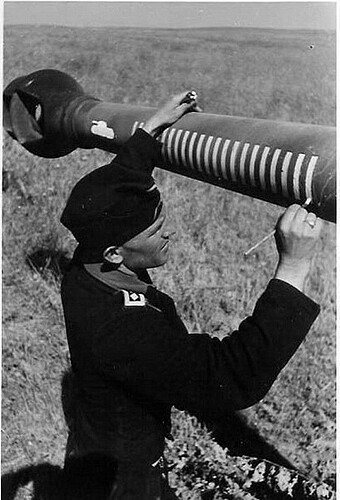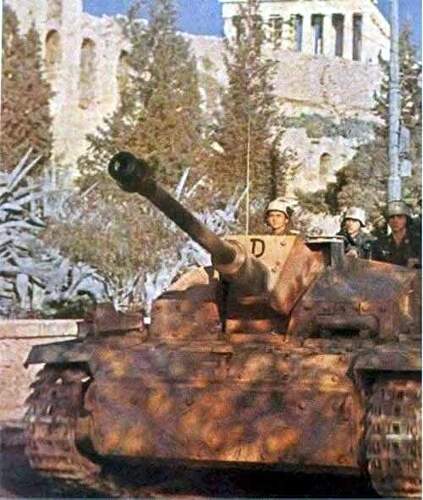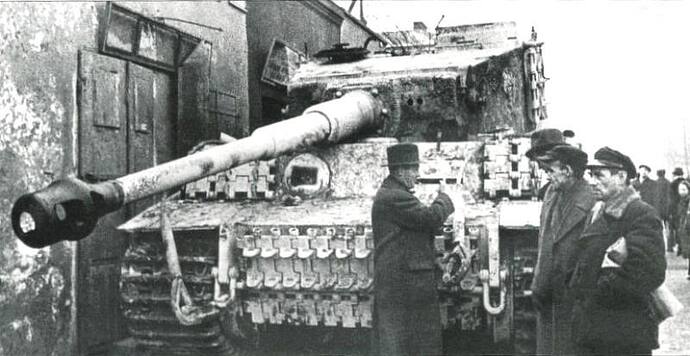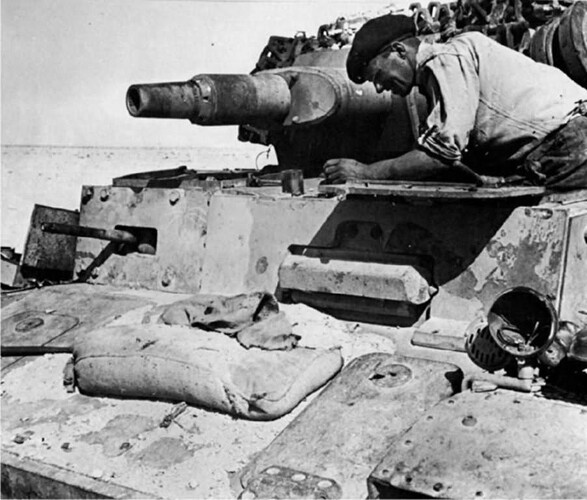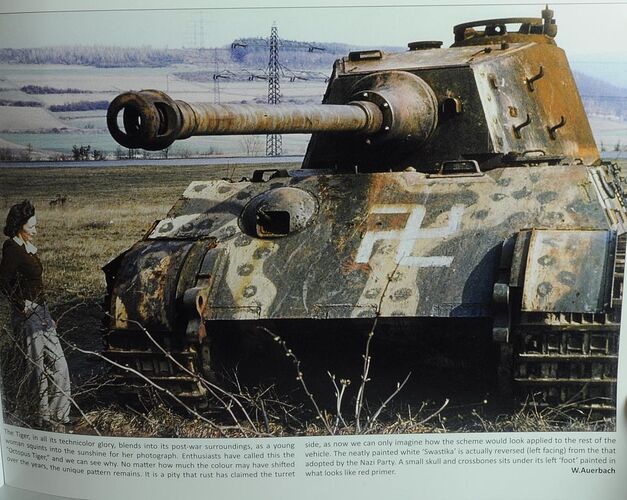Good day all, ive got a question that i know has been brought up before with differing opinions, so here goes. Do tanks with muzzle breaks hav streaks of carbon that follow the direction of the shape of the muzzle break, having some linger down the barrel. I hav dabbled in arty and can say it happens on guns with regular ammo and base bleed( extended range) and especially with black powder for salutes. So would tanks with muzzle breaks do the same after extended periods of firing? Thank you in advance.
@HeavyArty to the courtesy Red Phone.
As far as I know and at least for German WWII tanks/artillery, there should not be.
There should be none on US pieces as well. What people are seeing is usually barrel cleaning fluid that has dripped down the barrel and stained it.
Chaps, just for the record it’s “brake” as in something that slows one down, not “break” as in fail to function or to disintegrate.
Brian the Pedantic Ba*tard
Gimme a brake, man …
![]()
Oh very good, very good!
OK we gotta put a halt to this.
This used to be a “thing” along with weathering the vehicle to make it look like it’s been stood in a scrapyard for 50 years. I’m now not a fan of either. AFAIK it’s more likely that there should be bare metal where the paint has been worn off by the passage of projectiles, so that’s what I do with mine now.
Muzzle brake (b-r-a-k-e ![]() ) in action on the Swedish Archer SP howitzer
) in action on the Swedish Archer SP howitzer
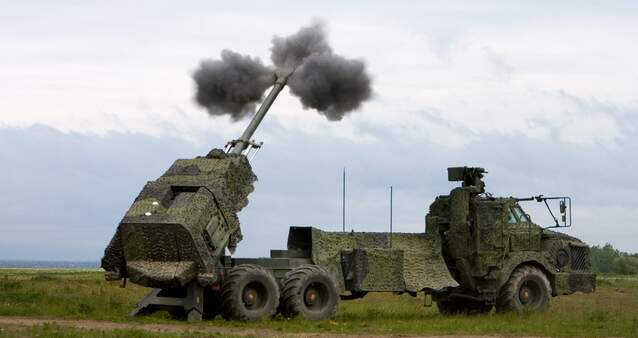
Ex-soviet (122 or 130 mm?) howitzer
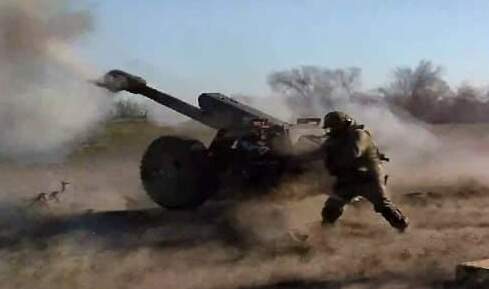
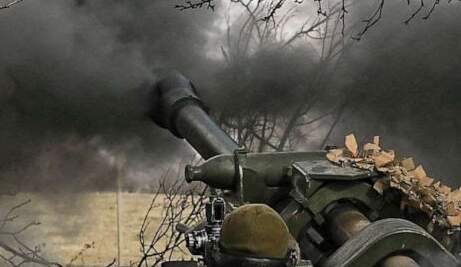
Don’t know what type of howitzer this is
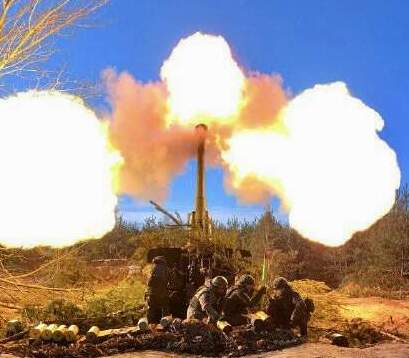
The projectile is leaving the barrel at somewhere between 500 and 1000 m/s (depending on powder charge, the weight of the projectile and the barrel (short vs long)).
Most or all muzzle brakes direct some of the gas flow sideways or maybe slightly angled backwards.
Angling the gas flow 180 degrees backwards serves no purpose, it would only expose the fron of the vehicle to unwanted blast effects.
The gas flow going sideways will be travelling at a significant speed, maybe it loses 20% of the forward speed but it is still supersonic.
There will most likely be soot smudges on the insides of the muzzle brake baffles.
As Gino wrote, dirty hands can also be a factor around the muzzle.
In some cases the front end of the barrel has been painted black, intentionally …
Probably to get a tidy dark area instead of untidy grubby handprints
Well defined line
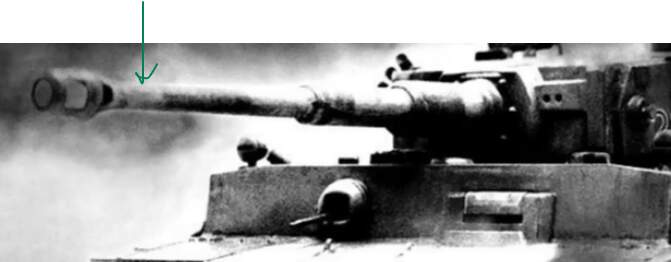
Light coloured area of camo just behind the muzzle and brake
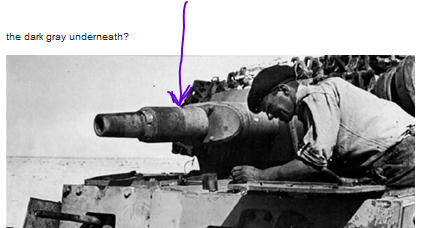
Looks painted on to me …(photo borrowed from post further down in this topic,
bit of a time travel there
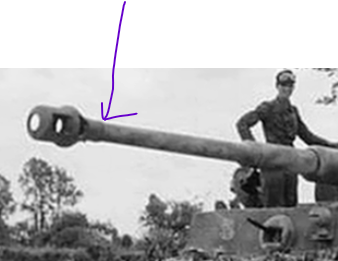
Is this the rear edge of the muzzle brake??
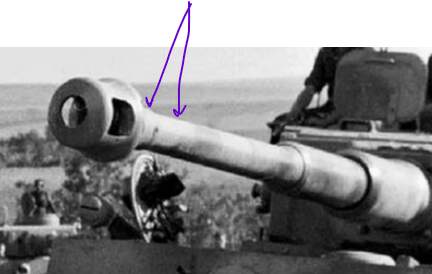
Light coloured
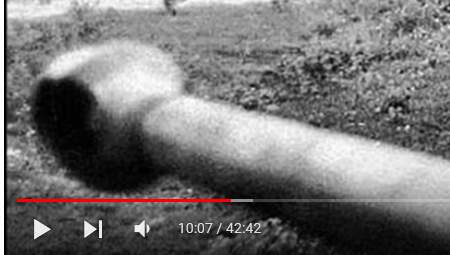
Out of focus due to being too close to camera
SS Division " DAS REICH ". Diary of a German Tankman. Battle of Kursk. Kharkiv. Normandy. - YouTube (this video discusses the diary of a Tiger commander)
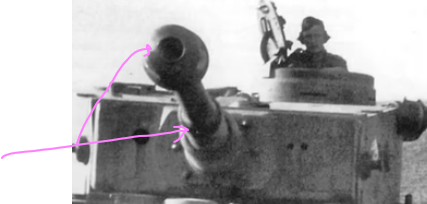
Light reflecting off the front end of the muzzle brake would indicate that it is not soot.
Barrel is very dark all the way back to the sudden increase in diameter.
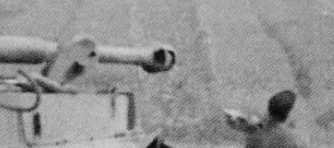
Dark as midnight inside the muzzle brake, light coloured outside
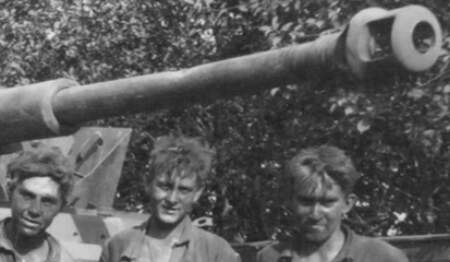
Barrel looks clean, front facing inside of muzzle brake is also light coloured,
the tankers definitely need to wash …
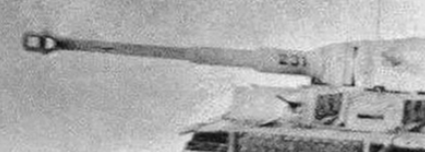
Hard to decide, front end lokks dark but it could be a result of the contrast with the
winter white wash. White wash worn off due to handling when cleaning the barrel?
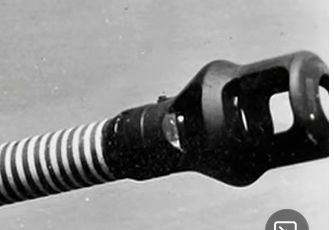
Nice clean white circles and a near perfect black surface, also on top of the muzzle brake.
I call this a nice and tidy paint job.
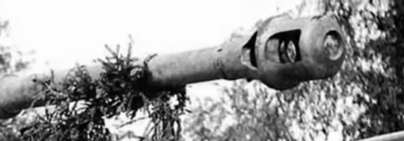
No discolouration
Cleaning the barrel so I presume that it has been fired. Smudge free …
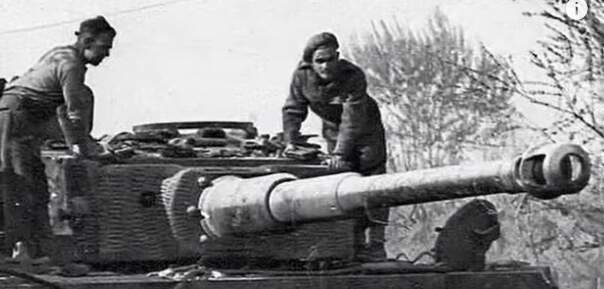
Captured??? Barrel and muzzle brake look “clean”
Hard to tell. I would call it painted muzzle brake and the other dark spots are from the
darker colours in the camouflage
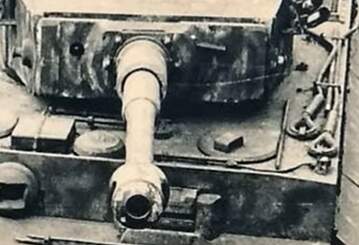
Smudged and scratched but not a clear soot pattern either
No soot here
Last time i pointed this out on here, i was shot down in flames for being a pedantic bas***d!
Strange really - you’d think modellers would, by the very nature of the hobby, all be pedantic ba*tards! Mind you, I am that eternal Staff Clerk - my very job depended on my ability with words; couldn’t add up mind to save my life(!)
“You’re” and “Your” also drive me nuts but I do try and cut people some slack, especially if English isn’t a first language.
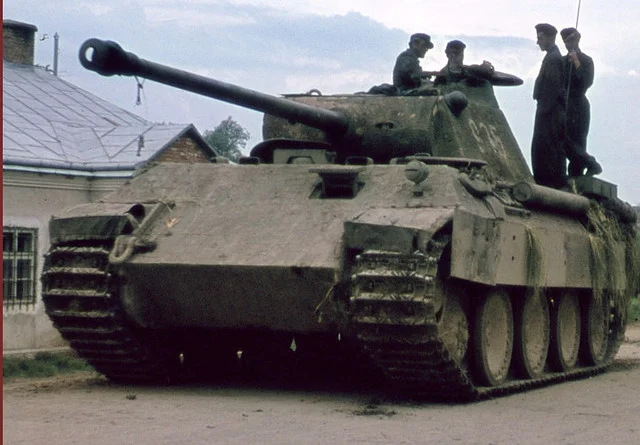
While I agree that the vast majority of the thousands of AFV images I have collected over the years show little to no discoloration on the muzzles of their primary weapons, here are a few that do. Staining from cleaning fluids / dirty hands seem to be the leading villains. In any case, I have a large set of images that do show substantial discoloration, regardless of its origins. Both of the color images are Agfacolor slides, not colorizations. Something is very schmutzig here…
I often wonder sometimes myself after looking at photos but I think Gino explained it best. Check out this picture, maybe it’s cleaning fluid or something but could it be worn off desert sand paint exposing the dark gray underneath?
Note on the Sturer Emil image I posted that the insides of the baffles are clean, it’s the outside of the muzzle brake that is dirty. If it were carbon fouling the muzzle, the insides of the baffles would be dirty as well.
Then there’s this guy…
These very last 7 Tiger IIs were literally handed over at the Kassel Henschel factory to the crews and driven into combat. No time for barrel cleaning here.
I’ve just noticed: someone’s changed the title - well done!
“I see a muzzle brake and I want to paint it black…” Mick Jagger. ![]()
Ken
Wasn’t me!
It has been suggested that heat from firing (rather than carbon deposits) causes darkening, or discoloration, of the muzzle brake (or end of the barrel in the absence of a muzzle brake)…but wouldn’t that discolor the entire barrel as well?
![]()
![]()
